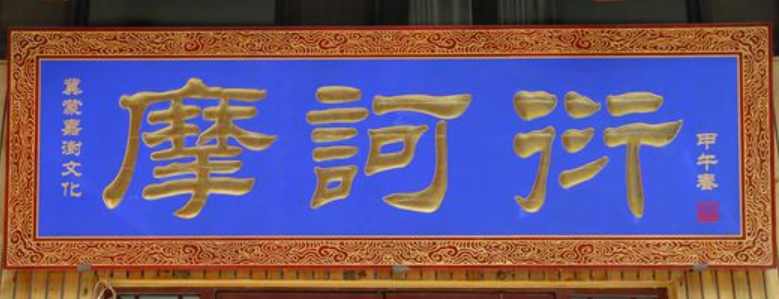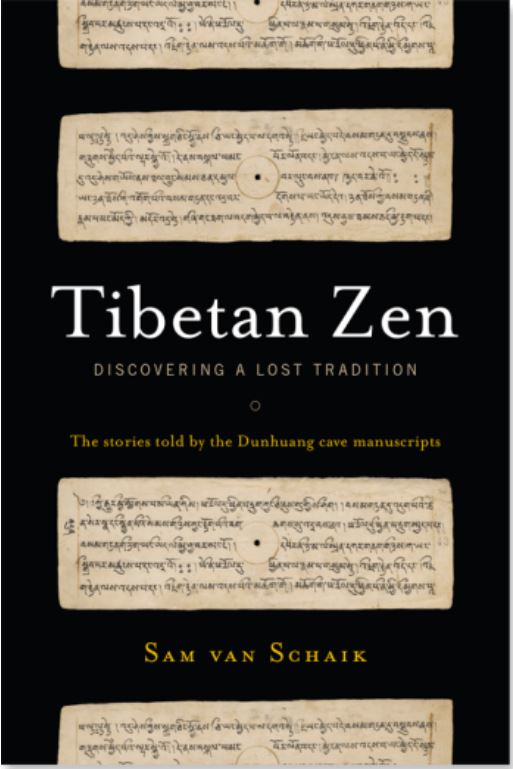Once upon a time Zen was very popular in Tibet. That is to say, it was popular in the way that Country Music is popular. Some people really liked it, but others weren’t so sure.
The early history of Zen in Tibet is actually a lot like the early history of Zen in China. In both countries we are told that powerful elements in the local respective Buddhist Establishments did not approve of the introduction of this newfangled “special transmission outside the scriptures.” Despite this initial resistance, however, in China Zen persisted and eventually prevailed. In Tibet things went a different way: Zen failed to take root and completely disappeared to such an extent that today we speak of “Zen Buddhism” and “Tibetan Buddhism” as creatures that, while certainly related if one goes back far enough, are clearly very different breeds.
The traditional story, still told by Tibetans to this day (including His Holiness the Dalai Lama) is that the Emperor Trisong Detsen demanded that the proponents of Zen should present a public defense their subitist heresy, and in response the Zennists chose as their representative the Chinese Master Moheyan. The anti-Zen position was championed by the great Kamalashila, whose arguments were considered so devastating that at the conclusion of the debate all of the Chinese Zen teachers in Tibet were asked to go home.
The great debate was supposed to have taken place around the year 793 AD or so. But the fact is that there were still Zen Buddhist texts being written in the Tibetan language over a century after the supposedly definitive “defeat” of Moheyan at the hands of Kamalashila. Even more surprising is the fact that over 500 years after the debate, the great Tibetan teacher Longchenpa actually defended Moheyan in writing, by saying that Moheyan’s teachings were “actually the truth” although “those of lesser intellects could not comprehend it”!
But all I really wanted to do in this post is introduce this very interesting fellow Master Moheyan, and that primarily because his last name, 摩诃衍, is really just a common (slight) shortening of the Chinesified transliteration of the Sanskrit “Mahayana”: 摩诃衍那.
Hopefully I’ll have time to write more about Old Moheyan in the future. For now I highly recommend these four excellent posts by Sam van Schaik:
Tibetan Chan I: The Emperor’s Chan
Tibetan Chan II: the teachings of Heshang Moheyan
Tibetan Chan III: more teachings of Heshang Moheyan
The Great Perfection and the Chinese Monk: Nyingmapa Defenses of Hashang Mahāyāna

Sam van Shaik is also the author of the an excellent book on “Tibetan Zen”:

